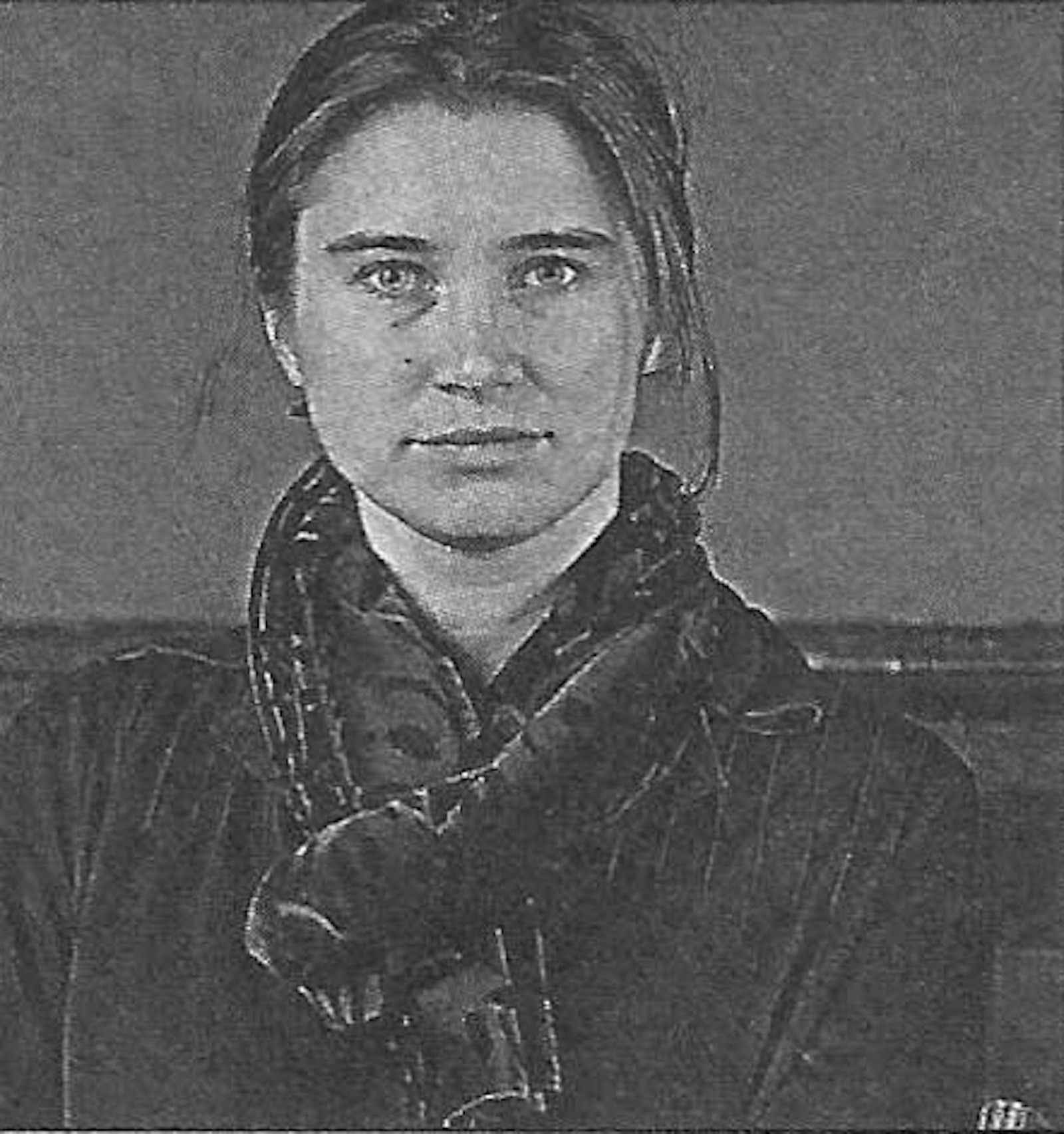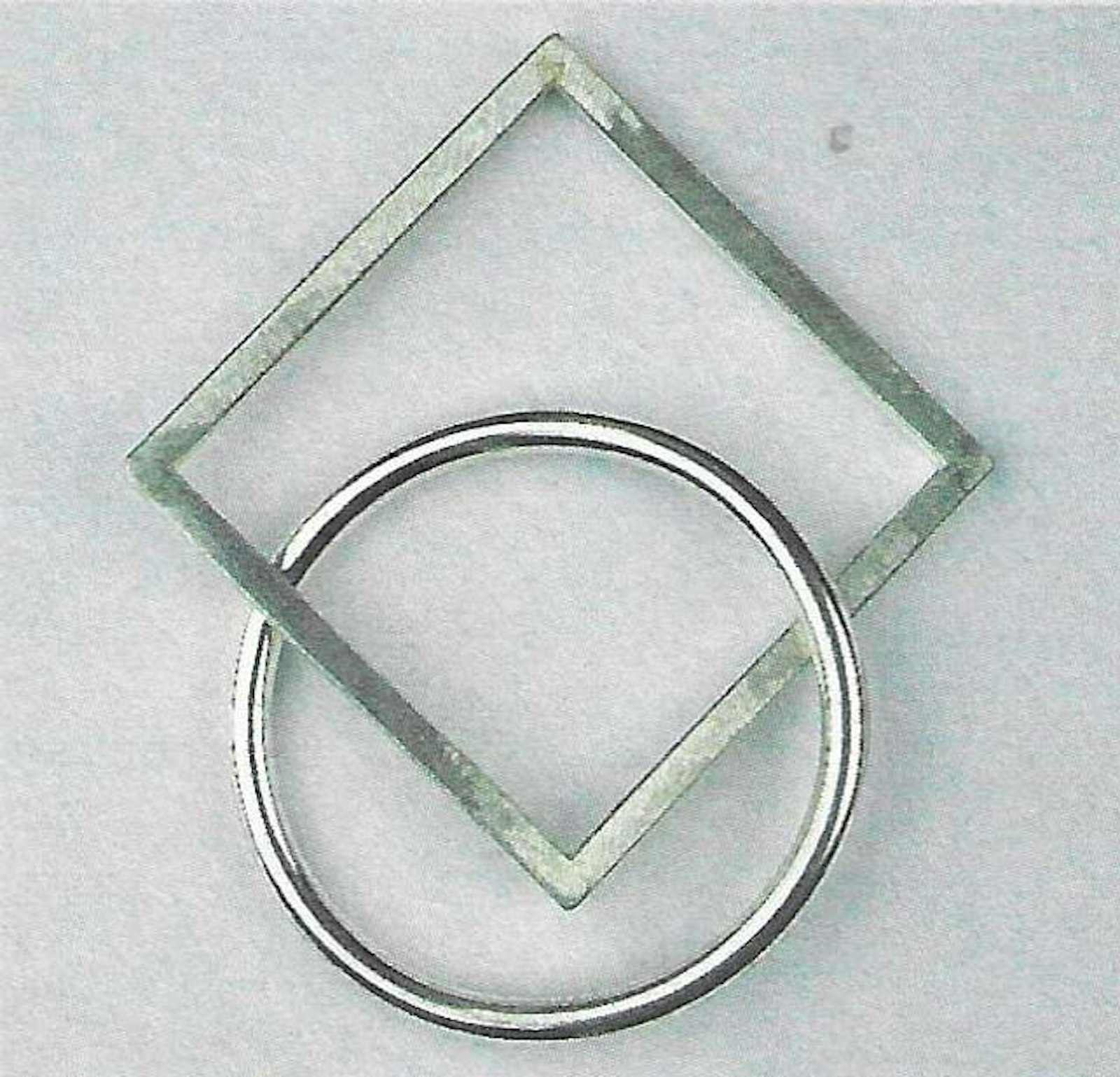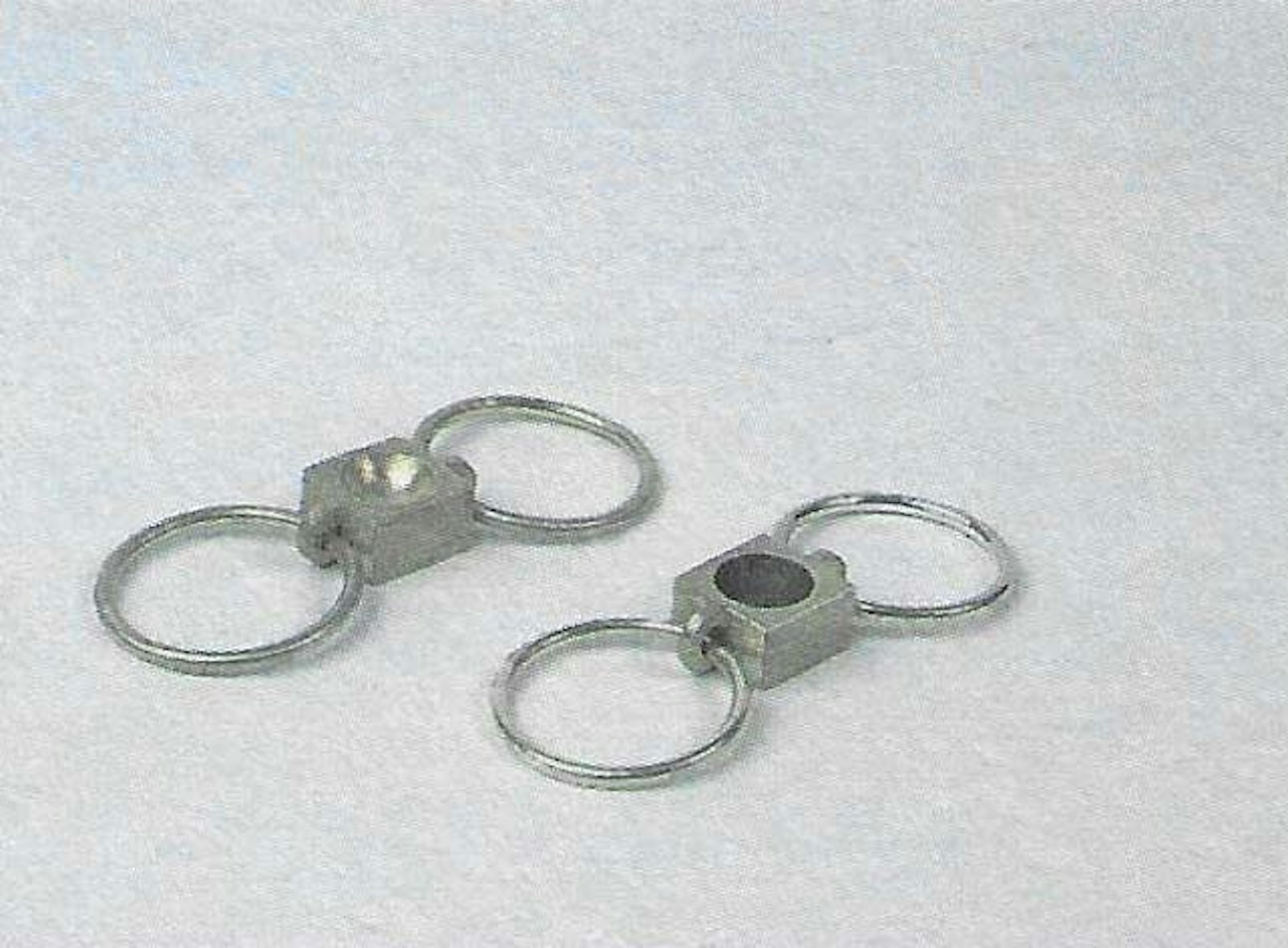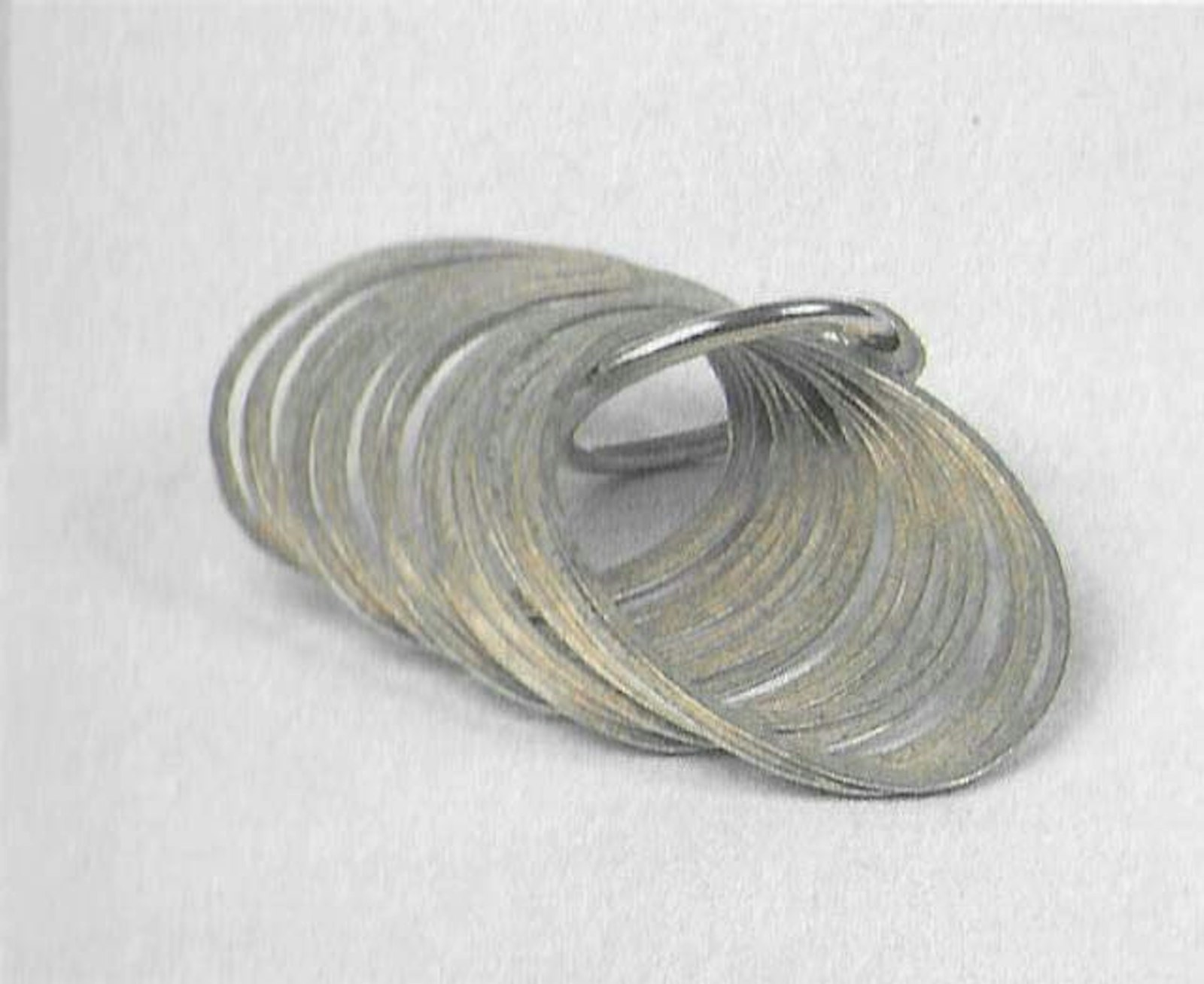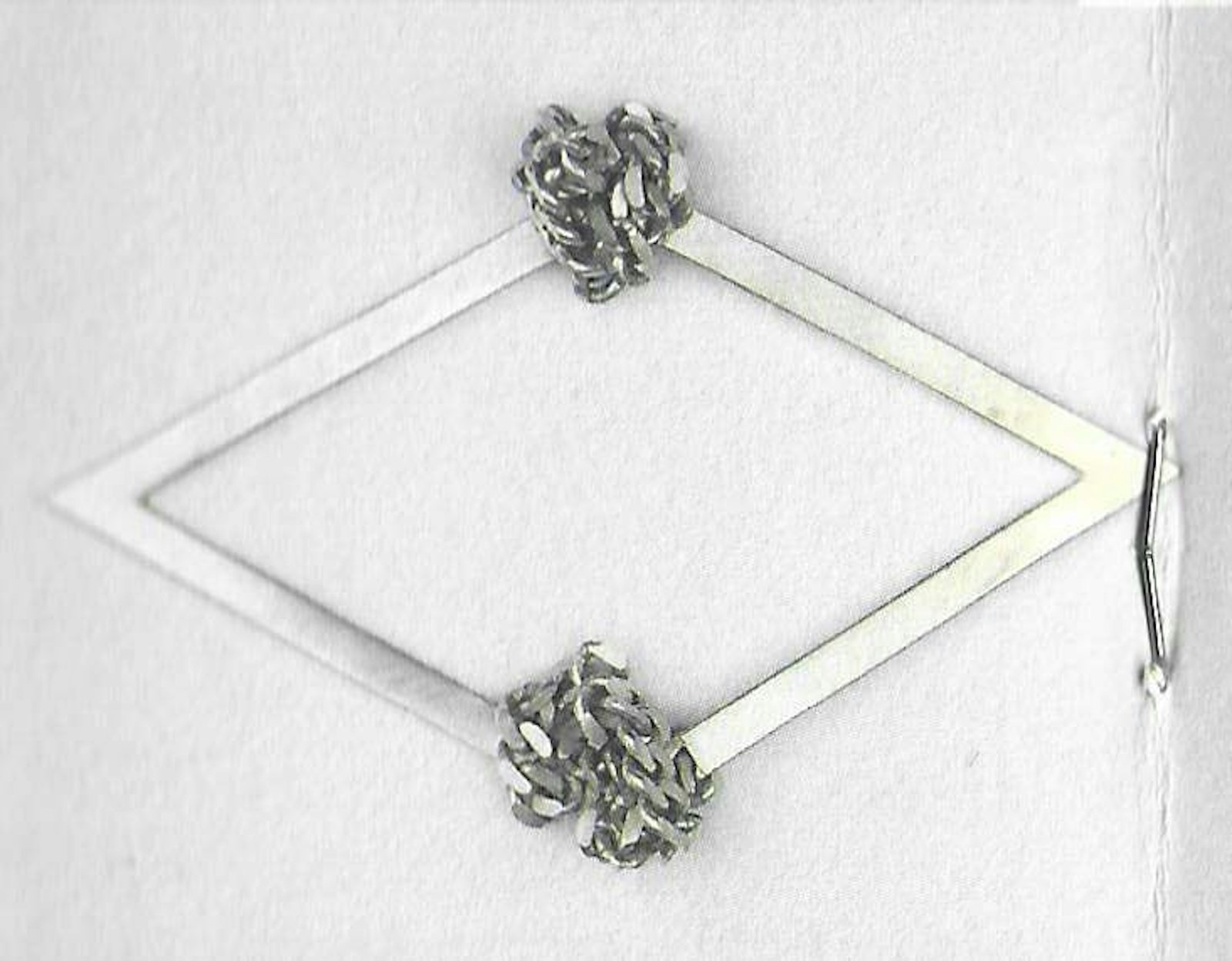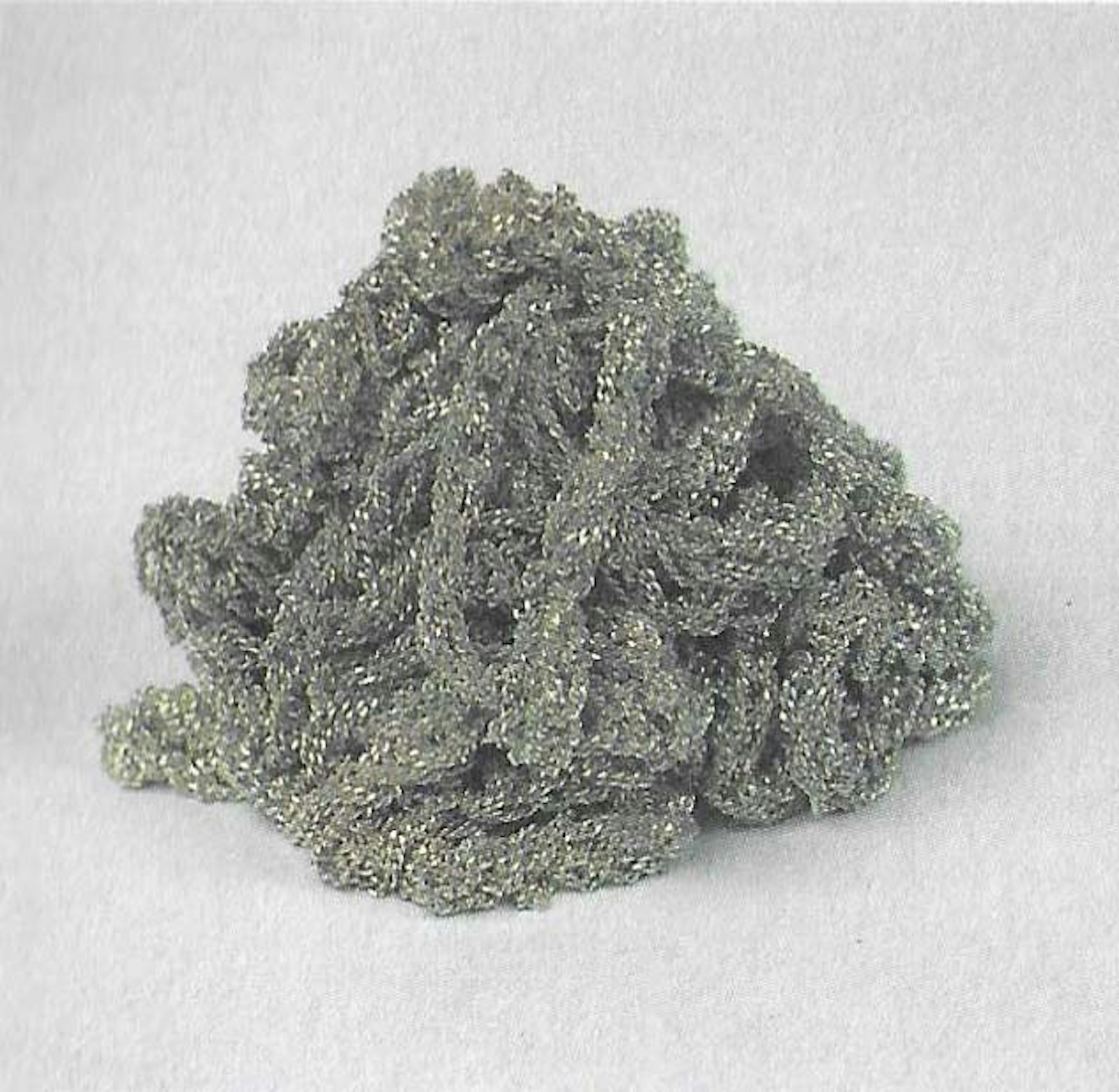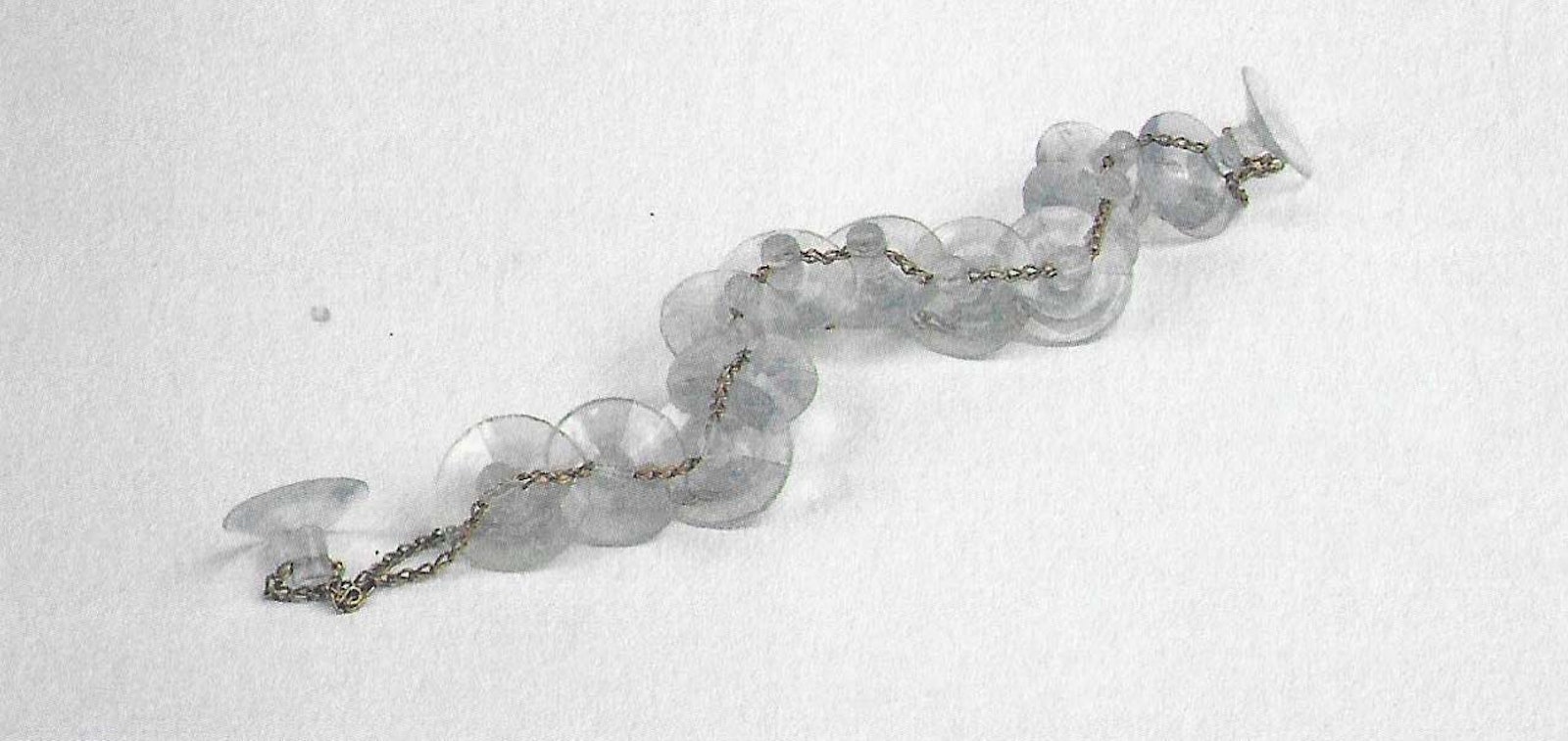de Velde
Tine Vindevogel
In 1993, Tine Vindevogel (1971) graduated from the Antwerp Sint-Lucas Institute (now Karel de Grote College, Jewellery Department).
As she had higher ambitions, she then enrolled at the National Higher Institute of Fine Arts, a few blocks away from her old school. There, she worked under the supervision of Wim Ibens (1934-1997) and Jean Lemmens (1945). And she thrived, especially on the freedom she was given here to seek and discover her own style. It is most regrettable that the Higher Institute of Fine Arts has since closed its doors to these disciplines. If it were to come back on this decision, it could probably offer a strong platform for other talents in the field of artistic design in Flanders and give them a strong new impulse.
Tine Vindevogel still lives in the province of West Flanders. Only recently, she bought a large mansion in Zwevegem, where she intends to have her home as well as create a platform for art and artists. Exchanges and workshops are the "format" ideas she is playing with. She herself had very good experiences with a workshop in Poitiers (F), where she made a number of lasting contacts with colleagues from abroad. Along similar lines, she would like to set up a "Vindevogel House". Perhaps this will be a way for her to make contact with two of her artistic examples, the sculptor Jan Vandekerckhove and the architect Tandao Ando.
Working hard and persevering are her leading principles. Working hard is what she has done up till now, and she has her hands to show for it. With some diffidence, she holds them up for closer inspection. They are the hands of a silversmith: callous and full of scratches and small black lines, discreet, but present. They are characteristic of Tine. She is open, honest, and a go-getter. That is the reason why she is furious about people who copy others. The future is open, yet not without obligations: too much energy is invested in it for that. Nor is she driven by the reputation and fame of her father, who is also an artist. They both take pride in each other's work.
She received this VIZO "van de Velde Award" for the jewellery collection she produced in the last six years. Her creations have their origin in archetypal forms. Each form is delineated by circle and square, alternately inscribed and circumscribed. Each has an inside and an outside, two sides, two spaces to be filled in at will. "What I do is certainly not new in essence, because, in the final analysis, everything has already been given shape. Each line has already been drawn a thousand times or more." she says.
"But still, there is always a new way of doing it. I do things differently."
Tine Vindevogel's creations have a sculptural quality. Her source of inspiration is life itself. She is not really interested in the purely functional aspect. This can be seen from the shapes of her jewels, even though, at first sight, they seem to conform to a traditional typology. In the end, they consist of lines and shapes that are worn. None of her rings and bracelets is a perfect circle, because that would make them too functional. From '93 till '96, she produced "Cirlce Rings" which, as the name suggests, had a beautiful circular shape. After '96, this full round shape gave way to an "unstable" oval. The works themselvers accentuate this instability. If one removes one element, the jewel no longer exists. The whole "Composed Rings and Bracelets" series is based on this principle. In her most recent creations, she focuses on the way a chain falls on the wearer's breast.
Usually, people wear a chain with some pendant or other, which draws the gaze away from the triangular line formed by the chain around the neck, so that no-one pays attention to the chain itself. She wants to perpetuate the inconspicuous co-operation between gravity, the human body, and a chain.
As yet, the material as such has not really been a point of interest to her. For the time being, she sticks to silver, although she would not mind working in gold, if only it were not so expensive. But in fact, the material does not matter all that much. She just has to "get the hang" of it. Once she's into it, she prefers to continue working in the selected material. She makes hardly any sketches. Sketching would restrict the freedom she is so fond of.
The sculptural quality of Vindevogel's creations is, of course, strongest in her monumental works in iron and steel. Making these gives her a kind of physical satisfaction. It means lifting and shifting heavier loads. She welds them herself, on the shop floor, in between the "men". It takes some getting used to for both parties. That is where her large sculptures see the daylight. And she attaches great importance to her sculptures. The structure of her first sculpture even served as the basis for her "logo", i.e., the stamp she marks all her works with. But there is also a clear connection between her sculptures and her jewellery.
This is not her first award. In 1998, for instance, she was selected by VIZO in the category of "Best Product". Her work has been exhibited on many occasions, including the major exhibition of "Belgian Contemporary Jewellery" which travelled from Germany to Belgium, Slovakia, the United States, and Japan. I hope that this first important prize, the "van de Velde Award for Young Talent", will be a boost to her career, because, as she told me herself:
"the work is never finished".
